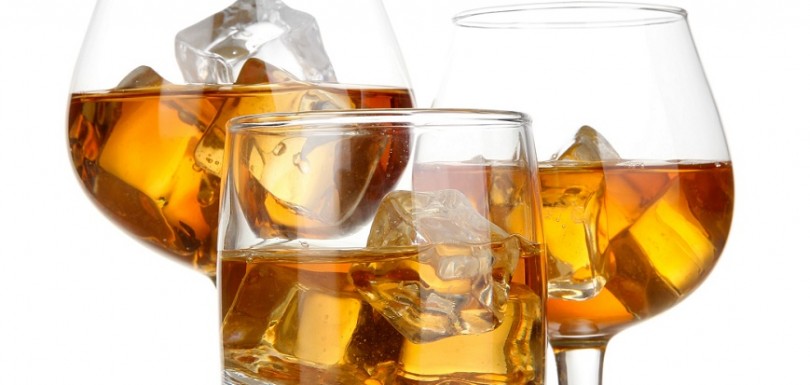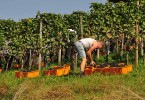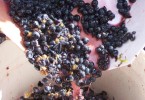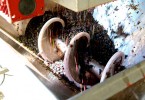Liqueurs, flavoured grappa and distillates: how to recognize them
We often confuse these three spirits but the method of production, the sugary concentration and the aromas make them pretty different. Let’s see it better!
A great family… of spirits!
First of all we remind you that our three drinks are spirits, but what does this word mean? The official definition is clear, an alcoholic drink is considered a spirit if its alcoholic volume isn’t less than 15% and if the production method happen through distillation, maceration, adding aromas or through mixing a spirit with another drink or alcoholic volume. The most common sprits are grappa, liqueurs and generally distillates..
If you say grappa, you think about pomace
We have already talked in a previous article about the main characteristics of grappa. To obtain flavoured grappa the starting phase is Grappa obtained by the distillation of pomace discarded after the production of wine.
Once obtained the distillation, after removing the head and the bottom, it will be flavoured thanks to the addition of fruit that is left in infusion with aromatic herbs like gentian, ruta and pinus mugo.
Some tips: it is important to wash very good the fruit and herbs that are in infusion and be aware that they are completely covered with alcohol to avoid the creation of moulds. Finally it is essential to leave the aromas in infusion for a minimum time in order to fully flavoured grappa, generally one or two months.
Distillates: from Brandy to Tequila
Pretty different from liqueurs, the distillates have a different production method and organoleptic properties. Moreover they are obtained through the distillation of fermented must, thanks to the typical alembic or distiller with boiler and cooling cable. There can be small quantities or added sugar, as caramel, to colour.
Starting base for the distillation are fermented sugary elements, the most common are:
- Wine, base for Brandy and Cognac
- Cereals
Mixed cereals for Vodka
Barley, base malt for Whisky and Scotch
Corn, base for Gin (flavoured with juniper berries) - Fruit
Cherries, base for Kirsch
Apple, base for Calvados
Plum, base for Slivovitza and the typical liqueur of Veneto called Prugna - Plants
Agave, base for Tequila and Mescal
Sugar cane, base for Rum and Cachaça
Once obtained the distillate can be flavoured further through the addition of herbs or fruits through the infusion, bottle maceration or adding macerated mixes.
Liqueurs, sweet gluttony
Finally, this is the moment of the greedy liqueurs, well appreciated at the end of the meal as digestive. The liqueurs are delicious mixes of alcohol, water and flavouring substances as fruit, herbs or creams. Sugar is essential, it is the key element because the minimum quantity is 100 gr/litre, it is in fact the sugar that gives that typical density and pleasant taste.
The recipe is simple and it is possible to create great liqueurs also at home. It is sufficient to mix all the ingredients and choose the favourite flavoured substance: fruit, juices, eggs, creams and whipped cream, herbs, leaves, flowers or spices. After alcohol and sugar, dilute with water until you obtain the desired alcoholic volume, add also aromas, through:
- Maceration as Mirto, Nocino and liqueur Fragolino
- Infusion as liqueur Strega and Alchermes
- Distillation as hydro alcoholic infusion as Cordiale and Sambuca
- Mixing alcohol and pulp or fruit juices as Ratafià








